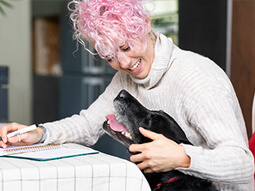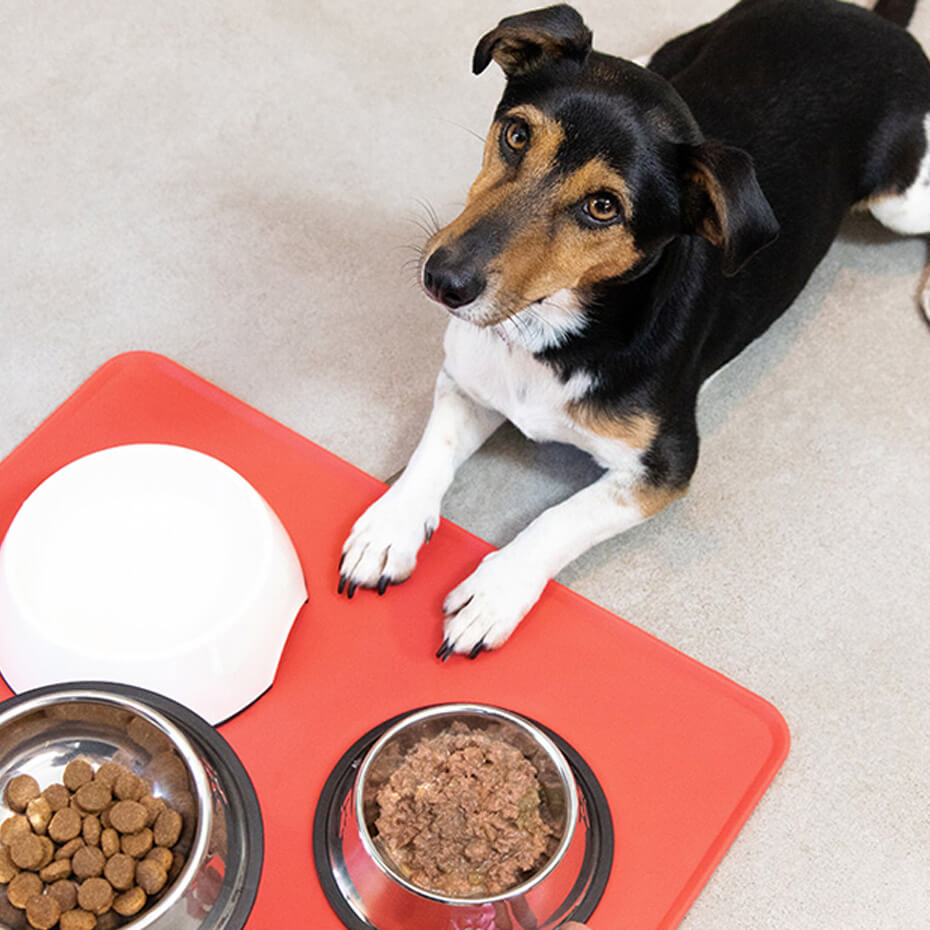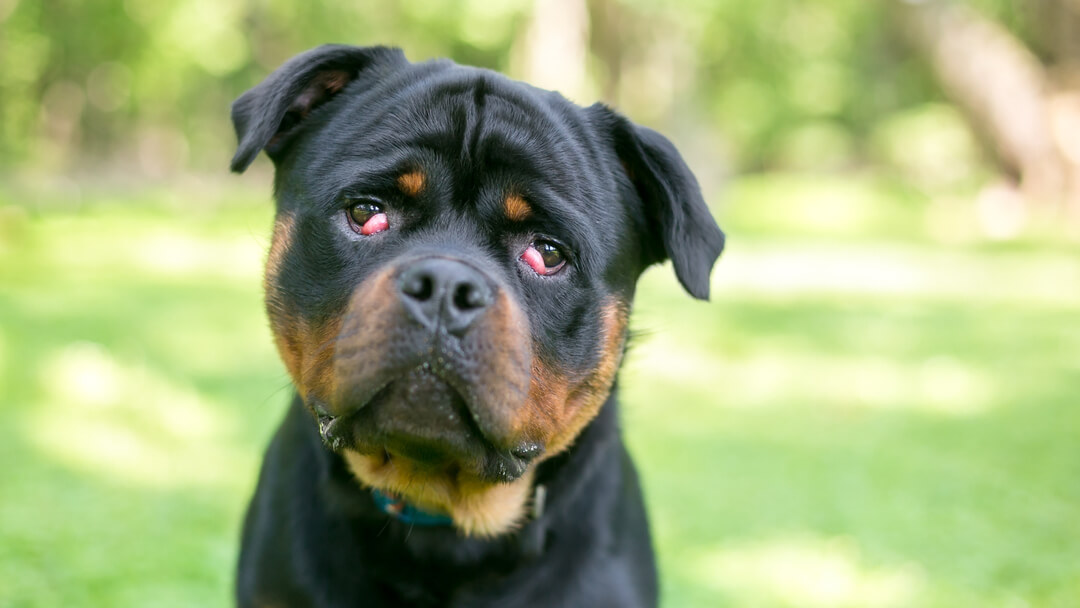
Glaucoma in dogs is a painful condition which can lead to blindness. Early detection is key to ensuring the best outcome for your pet, which is why we’ve created this guide to tell you all about the signs to look out for and the treatment options currently available.
What is glaucoma in dogs?
Glaucoma is a condition in which pressure builds up inside the eye, causing pain and vision loss. Basically, the reason why this happens is that there’s too much fluid in the front part of the eye. In a healthy eye, this fluid is produced at the same rate that it’s drained away. In glaucoma, the drainage system gets obstructed in some way, meaning that pressure builds up.
This excessive pressure damages the optic nerve – which is responsible for relaying visual information from the eye to the brain – as well as the retina. All of this means that glaucoma in dogs can lead to poor eyesight and pain. The condition is more common in older dogs.
What causes glaucoma in dogs?
There are two different types of glaucoma in dogs: primary and secondary. Primary glaucoma is generally inherited and is most common in certain breeds such as Basset Hounds, Cocker Spaniels, Shiba Inus, Huskies, Chow Chows and Shar Peis. With primary glaucoma, it’s important to understand that if one eye is affected, it’s highly likely the other one will be too.
Secondary glaucoma, on the other hand, is caused by inflammation inside the eye. This may be a result of injury or disease to the eye itself such as bleeding from blunt-force trauma, retinal detachment, tumours, infections, cataracts or lens displacement. With secondary glaucoma, the condition may just occur in the one eye.
Symptoms of glaucoma in dogs
The symptoms of glaucoma in dogs need to be caught early on in order to prevent further damage and save the eye. Here’s what you should look out for:
- Cloudy eye – may be foggy or hazy with a blue tinge.
- Redness – from congestion of blood vessels around the eye.
- Pupil dilation.
- Loss of vision – you might notice your dog being clumsier than usual, perhaps bumping into things.
- Lethargy – your dog may appear generally depressed or less enthusiastic about going out for walks.
- Squinting or blinking more often.
- Watery eye discharge.
- Eye pain – your dog may flinch or turn away if you touch that side of their head.
The above symptoms of glaucoma in dogs can come on rapidly, so if you notice them, be sure to take your dog to the vet as soon as possible.
Diagnosing glaucoma in dogs
The first step your vet will take to diagnose glaucoma will be to test the pressure of your dog’s eye by using a device called a tonometer on the surface of the eye. While the normal pressure in a dog’s eye is between 10 and 25mmHg, the pressure in glaucoma can measure between 45 and 65mmHg, which can be extremely painful for your dog.
After your vet has diagnosed glaucoma, you may be referred to a veterinary ophthalmologist for further examination. They’ll thoroughly examine both eyes and may use gonioscopy, a technique in which a special contact lens is placed on the eye to assess the structures concerned with fluid drainage inside the eye. Another specialist technique they may use is electroretinography, which measures the response of the retina to light stimulation. This can help determine how good you can expect the vision to be with treatment.
Treatment for glaucoma in dogs
Sadly, there’s no universal cure for glaucoma in dogs. For primary glaucoma, it’s not possible to reverse the disease, but there are some treatment options available to reduce the pressure and make the eye more comfortable. These include medication with anti-glaucoma eye drops, or surgery to improve the fluid drainage in the eye.
For secondary glaucoma, the specific treatment required depends on the underlying cause. Your vet will determine the best treatment for your dog’s particular type of glaucoma, depending on their medical history.
It’s important to understand that if the disease is too advanced or treatment is unsuccessful, there is a possibility that your dog will become permanently blind and the eye may need to be removed if it’s causing pain. If this is the case, find out how to care for a blind dog with our guide.
Preventing glaucoma in dogs
You can reduce the risk of secondary glaucoma by just keeping your dog safe, avoiding potential accidents and injuries, keeping on top of any health issues and obtaining treatment for any infections as soon as possible, especially those related to the eye.
There’s nothing that can be done to prevent primary glaucoma, but there are certain eye tests that can be carried out to determine whether dogs possess any known inherited eye conditions. It’s wise to purchase your puppy from a reputable breeder, and check that there is no history of inherited conditions.
If primary glaucoma is identified in one eye, your vet may recommend medicating the other eye before signs develop, in order to protect against the development of disease.
That’s our guide on glaucoma in dogs. Want to learn more about other symptoms you should be on the lookout for? Find out about gastroenteritis in dogs, next.












